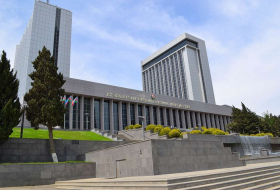Migration, one of the enduring issues in human history, has become a major global problem felt in every corner of the world, exceeding the ability of international institutions and governments to solve it due to various negative developments in the past 20 years.
The number of people forced to leave their geographic locations due to familiar reasons such as wars, conflicts, income inequality and poor governance has reached an unprecedented level with the addition of global warming and environmental disasters.
According to the UNHCR, in 2020, approximately 281 million people, or 3.6% of the world's population, were forced to migrate outside their country or region of birth for various reasons.
Some 86.7 million people migrated to the European continent, 85.6 million to Asia, 58.7 million to North America, 25.4 million to Africa, 14.8 million to Latin America and the Caribbean, and 9.4 million to the Oceania region, including Australia.
According to UNHCR's most recent Global Report, 108.4 million people were forcibly displaced worldwide in 2022 as a result of persecution, conflict, violence and human rights violations.
The figure includes 62.5 million internally displaced people, 35.3 million refugees, 5.4 million asylum seekers and 5.2 million people in need of international protection.
The heaviest burden is on the shoulders of low and middle-income countries, as they host 76% of the world’s refugees and other people in need of international protection.
The least developed countries provided asylum to 20% of the total, the report said, while 70% of the total were hosted in nations neighboring their countries of origin.
The report noted that Türkiye hosts the largest refugee population worldwide, with nearly 3.6 million refugees.
More about:
















































